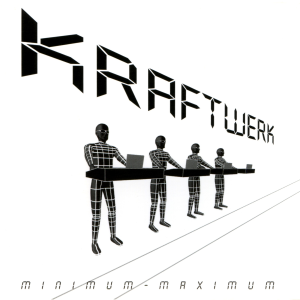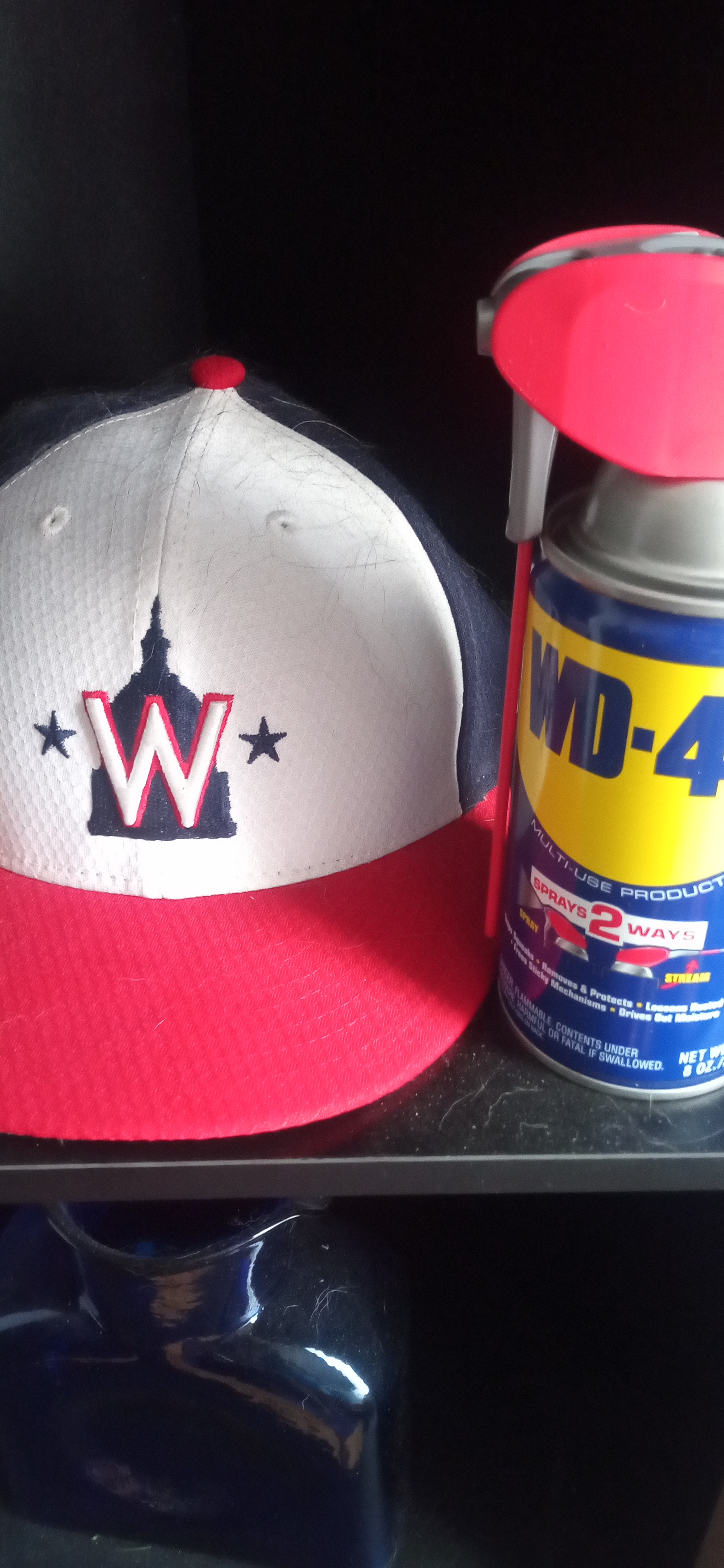wanting to hop into the world of linux on a dual boot method (one of my favorite games unfortunately cannot be run on linux at all, and it’s a gacha. I don’t want to gamble with my account being banned, so I’m keeping windows for it specifically.) this’ll be my second go at it, I used Pop!_OS briefly but had some issues with wifi and didn’t love the GNOME layout. I have a new distro picked out, but I just was curious what other people are using in this community. was also wondering what made you fall on your current one.
and maybe as some bonus questions, what are some distros you’ve tried but didn’t like? what about a distro you want to try eventually? I’ve seen distrohopping is a thing, hahaha.
Debian is mine and has been for decades + I’m a little bit happy to see it’s still well represented / well thought of in the community. Everything works, and you can choose new + exciting with headaches sometimes, or old + stable with no headaches but old.
Only real issue is the package management hasn’t kept pace with node / python / go / everything else wanting to do its own little mini package management, and so very occasionally that side is a little bit of a mess
NixOS I would like to try at some point as the core philosophy seems a little more suited to the modern (Docker / pip / etc) era, but I never messed with it
deleted by creator
I really like Fedora, but the release cycle is too fast for my tastes. Also I find Gnome distracting these days.
That’s why after 20+ years I use Mint or LMDE. I don’t have the time or interest to tinker the way I used to unless I’m getting paid for it. Mint was the thing that got me to leave Fedora.
deleted by creator
My only real problem is I still use windows more than full screen, barely ever use workspaces, and those are two workflows they really want someone to use.
Mint 21.3 as my main Desktop OS - almost zero complaints after over a year. Everything just works.
Ubuntu using Linux-Surface on my old Surface Pro. Breathed new life into a device I had abandoned (after all 8gb of ram isn’t enough for Windows malware these days). Gnome works really nice on a touchscreen two-in-one. Kudos to the Linux-Surface folks. They took one of the few positive developments from Microsoft (Surface hardware) and made it possible to remove the worst part (windows). Not that I’ll ever buy a Surface again. It also allowed me to retire my iPad.
Fedora Linux on a cheap Dell laptop as my media client. Fedora is nice and runs well, haven’t done too much with it other than Firefox and Calibre. Nice to see a different ‘branch’ in action.
I’m pretty basic and generally lazy so I don’t delve into some of the smaller distros or distro hop. Maybe later I’ll do it with VMs, but eh not sure it’s my kind of hobby. Too many other things to do.
Best of luck and let us know how it goes.
Seconding this experience with Mint 21.3, although on a laptop here. I just wanted something that works without much fucking about, and it delivers.
Yes! Linux Mint is such a great project - it made me excited to get on my desktop again.
I have a Surface Notebook 2 and for the life of me can’t get Ubuntu (or Xubuntu in my case) to work with it. No matter which installation style I use, either it crashes during the installation or never boots into the bootloader. Eventually I installed some custom Arch, but I hate it.
If it’s any comfort, it took me a few tries to get it to work. It was over a year ago so the details are a bit rusty. I started out trying to install Debian, and it also crashed during installation, so I went back and tried some of the bug fixes. (One was something to do with the MOK). Debian didn’t work after that but Ubuntu did. It was a strange experience, and there’s nothing that would motivate me to switch after I finally got it to work.
Perhaps you can give it another shot sometime and it’ll work. If you hate the custom arch that’s on it, and you don’t use it, you might as well try.
Yeah I’ll try eventually, but I got another Laptop running Xubuntu just fine, so I just don’t really use the Surface at all. It’s more of a last resort for the time being, and for that, any OS will do.
I’m on Debian Stable (with a few backported packages) for both work and gaming. It’s not the most beginner-friendly distro, but I’m no beginner, and I love how low-maintenance it is. It just keeps on working.
I would like to try Qubes OS eventually. I don’t think it will be ready for gaming any time soon, but for privacy and security-minded isolation of components, I expect it’s tough to beat.
Linux mint it just works.
Opensuse because I like green.
Debian
I’ve tried different distros and liked them, but tend to come back to Debian.
Debian! It’s stable, elegant, and doesn’t impede customization. I distro-hopped a lot over the years - some that I ended up disliking included KaOS (severely limited software repository), Clear Linux (only way to get ffmpeg was to compile it from source) and Fedora (very slow); most I liked, and just decided to move on at some point. But I kept coming back to Debian, and eventually got to a point where instead of trying a different distro when Debian broke, I would just reinstall Debian.
I’d be interested to try VanillaOS or another “immutable” distro at some point in the future. See if they’ve matured enough for my day-to-day use.
Endeavour and KDE.
Like the look of it. Easy to update, no bloatware or games reinstalled.
If I do swap again it’d probably be back to Mint. I had some issues a while ago and moved to MX. That worked well but there was so much guff. Tried Endeavour about a year ago and have been here ever since.Manjaro
Easy to use and you can still legally say “I use Arch btw”
Bonus points for making Arch users seeth because you call Manjaro, Arch.
Currently running Garuda for gaming and OpenSUSE Tumbleweed for everything else. Very much look forward to combining them in my own Arch/Void install when I get my new laptop.
Dumb question, why don’t you use Garuda for everything?
As somebody who rarely PC games at the moment, I feel it’s pretty bloated for what it is. But my Nvidia GPU worked out of the box so
Antix! It has a couple of rough patches but overall I really like it. Mainly I like having my RAM back
Debian on my servers, LMDE on my laptops.
I’m currently on Arch, but my first distro was Linux Mint. Linux Mint eased my transition into the Linux world, as it looked and behaved almost the same as Windows. You can avoid terminal commands completely thanks to the GUI apps that the Mint team includes for updating, installing, and removing packages.
I switched to Arch because one of the benefits of Arch is that it forces you to become familiar with the various different components that make up a Linux distro. When you install Mint, pretty much everything is included out of the box. You may have to install a few proprietary drivers here and there, depending on your HW config, but overall, you get everything you need to start using your computer. You don’t have to concern yourself with a lot of things. Arch is different. Even with the
archinstallcommand that you can use to simplify the installation process, you still have much to do post-install. Audio drivers, package manager, Bluetooth, productivity apps, customization options, WiFi drivers, to name a few. And even after that, when you start daily driving Arch, you still may encounter issues that would require you to do some troubleshooting via reading the Arch Wiki or looking for similar problems on Arch forums. It can be a headache at times, but I personally feel it’s worth it.My current distro is NixOS - mainly as I’ve built my NAS/homelab. Definitely not recommended for a new player to Linux!













